As the sun sets over the enchanting island of Bali right before Nyepi Day, a palpable energy fills the air, signaling the tradition of Pengerupukan. This captivating and vibrant event offers a unique glimpse into the island's rich history and spiritual traditions. From the origin and background to the lively Ogoh Ogoh parade, this article explores the essence of Pengerupukan and provides essential tips for those eager to witness the festivities.
Pengerupukan: The Night Where Good Triumphs Over Evil
Origin and Historical Background
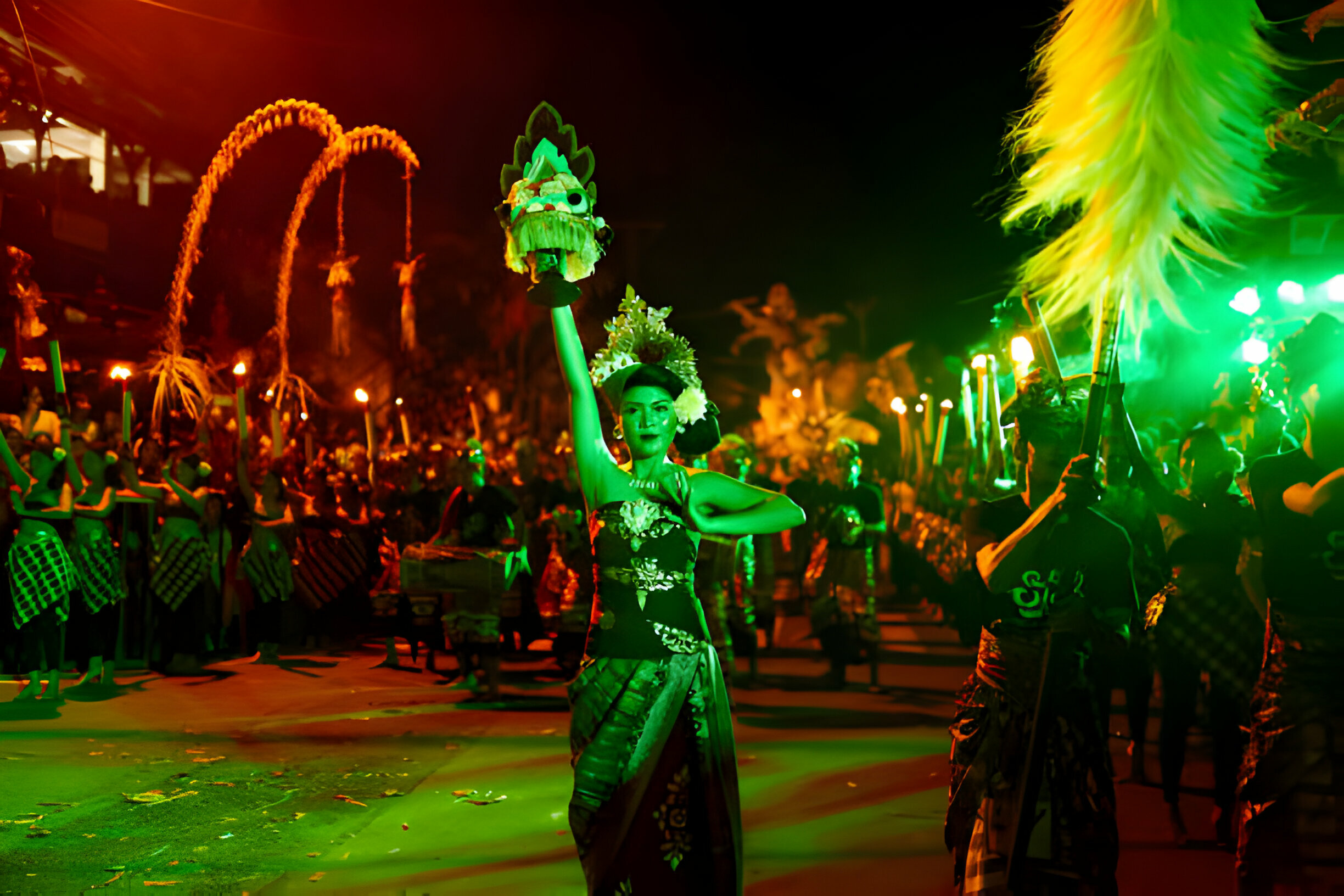
Pengerupukan is an integral part of the lead-up to Nyepi, the Balinese New Year and the Day of Silence. The roots of Pengerupukan can be traced back to ancient Balinese beliefs in warding off evil spirits before the day of self-reflection and meditation. The night before Nyepi is considered a time to cleanse the island of negative forces, making way for a new beginning. The festivities commence with locals participating in various purification rituals, including the Melasti ceremony, where communities gather by the shores to cleanse sacred objects and themselves. The atmosphere becomes charged with spiritual fervor, setting the stage for the grand spectacle that is Pengerupukan.
Check out Some Fun Fact about Nyepi Day!
The Mecaru Ceremony
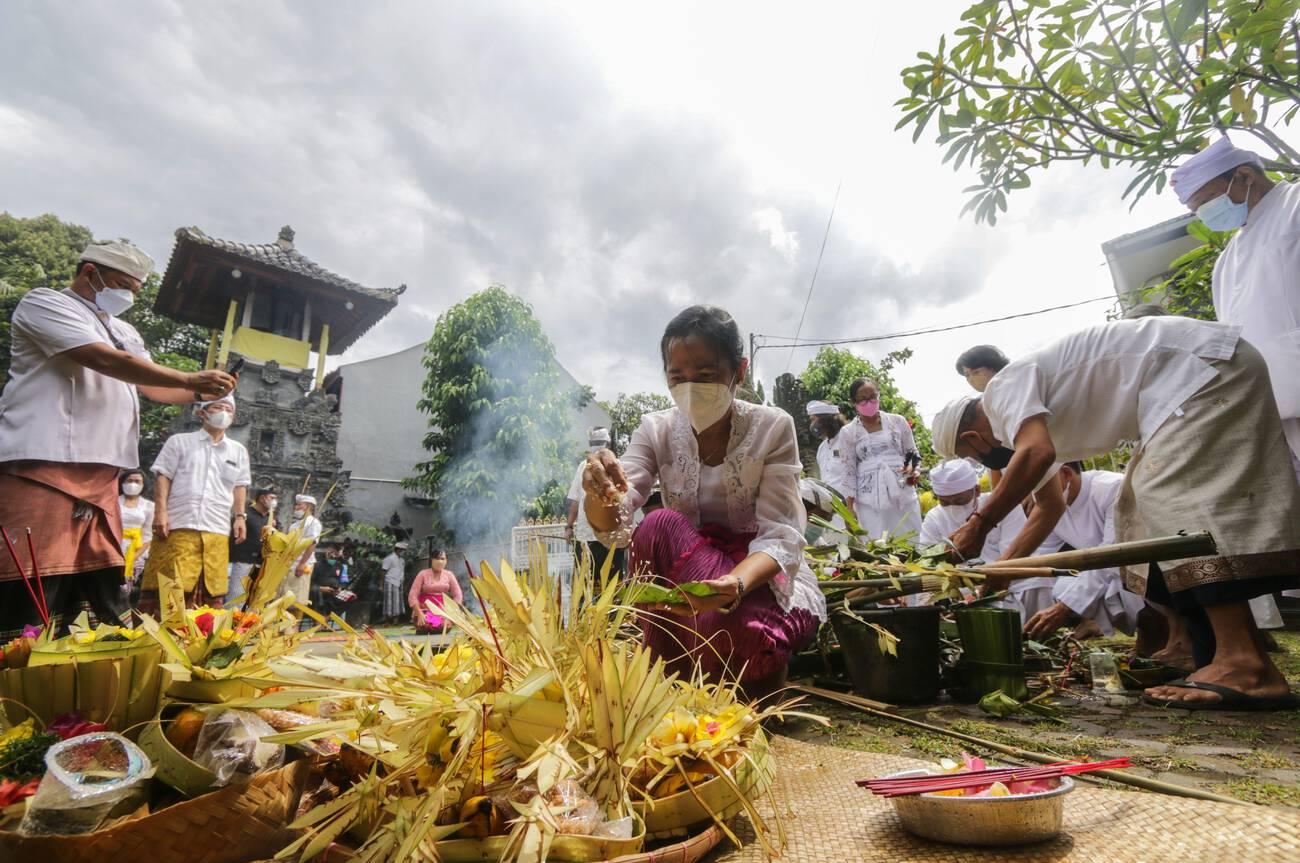
Also referred to as Tawur Kesanga or Tawur Agung, Mecaru takes place a day before Nyepi, precisely on the 'Tilem Sasih Kesanga' or the ninth month of Balinese Saka calendar. The ceremony is a form of sacrificial ritual conducted in each village and household. At the village level, Mecaru often occurs at intersections or crossroads, considered sacred spaces inhabited by Bhuta Kala. The timing of Mecaru, during the transition from morning to afternoon or vice versa, is believed to coincide with the roaming of Bhuta Kala. The culmination of Mecaru involves a symbolic Pengerupukan ritual at every home. Using bamboo instruments called kentungan (kulkul), sweeping, and carrying torches, families circulate around their homes to expel Bhuta Kala from their surroundings.
The Grand Street Celebration
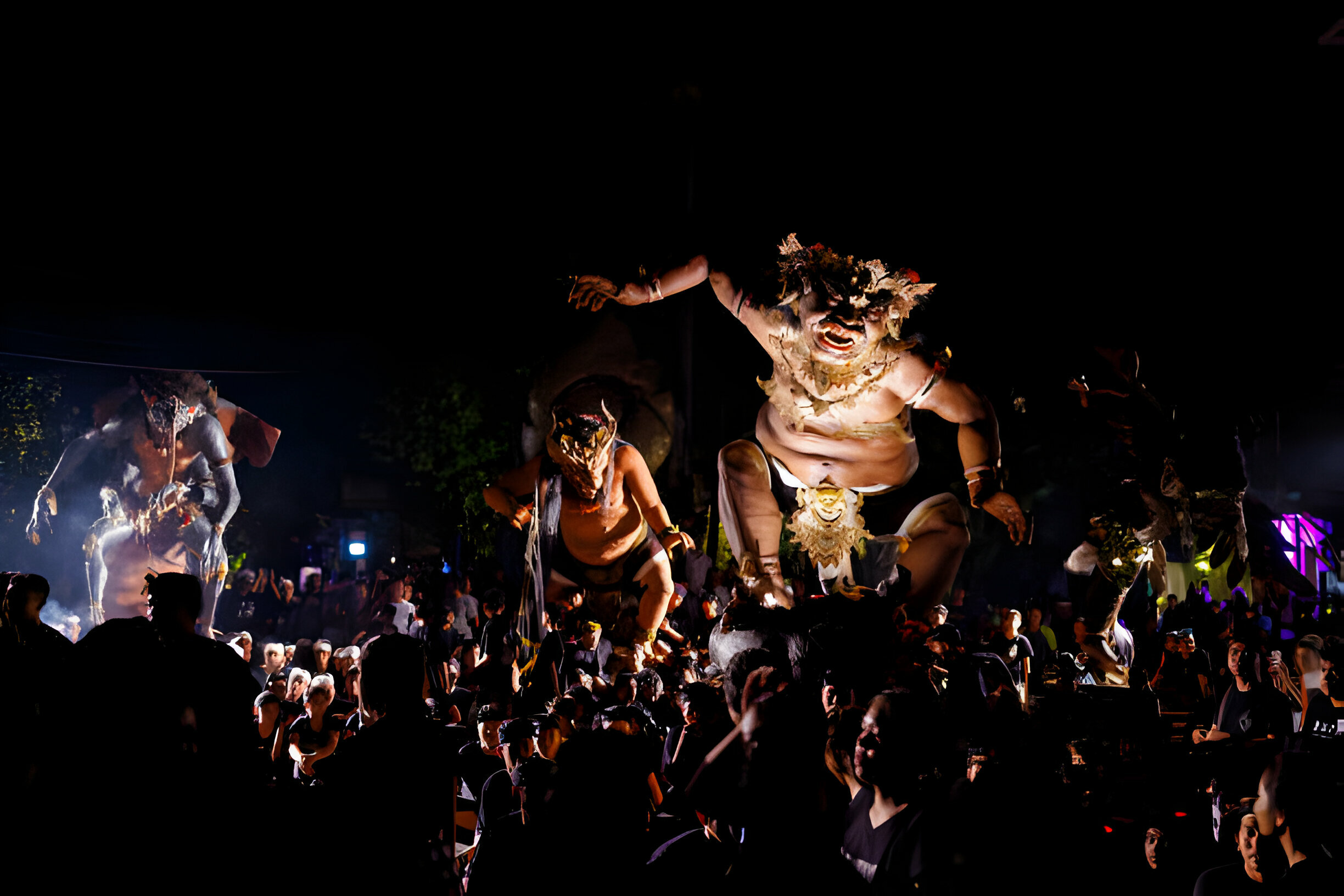
On the eve of Pengerupukan, the entire island of Bali undergoes a captivating transformation, setting the stage for a night like no other. Streets come alive with a vibrant energy as the youth from various Banjars pour out, carrying their colossal Ogoh-Ogoh creations through the thoroughfares. A rhythmic pulse resonates in the air as the parade progresses, stopping at every junction where the youth engage in a ritualistic dance, encircling their Ogoh-Ogoh to symbolize the expulsion of negativity. This spirited procession unfolds across the island, turning streets into lively avenues of collective celebration. As the youth enthusiastically partake in this age-old tradition, other locals and tourists alike become spellbound spectators, drawn into the magnetic allure of the spectacle. The atmosphere is charged with excitement, a stark contrast to the serene tranquility that will blanket the entire island during Nyepi.
Ogoh Ogoh Parade
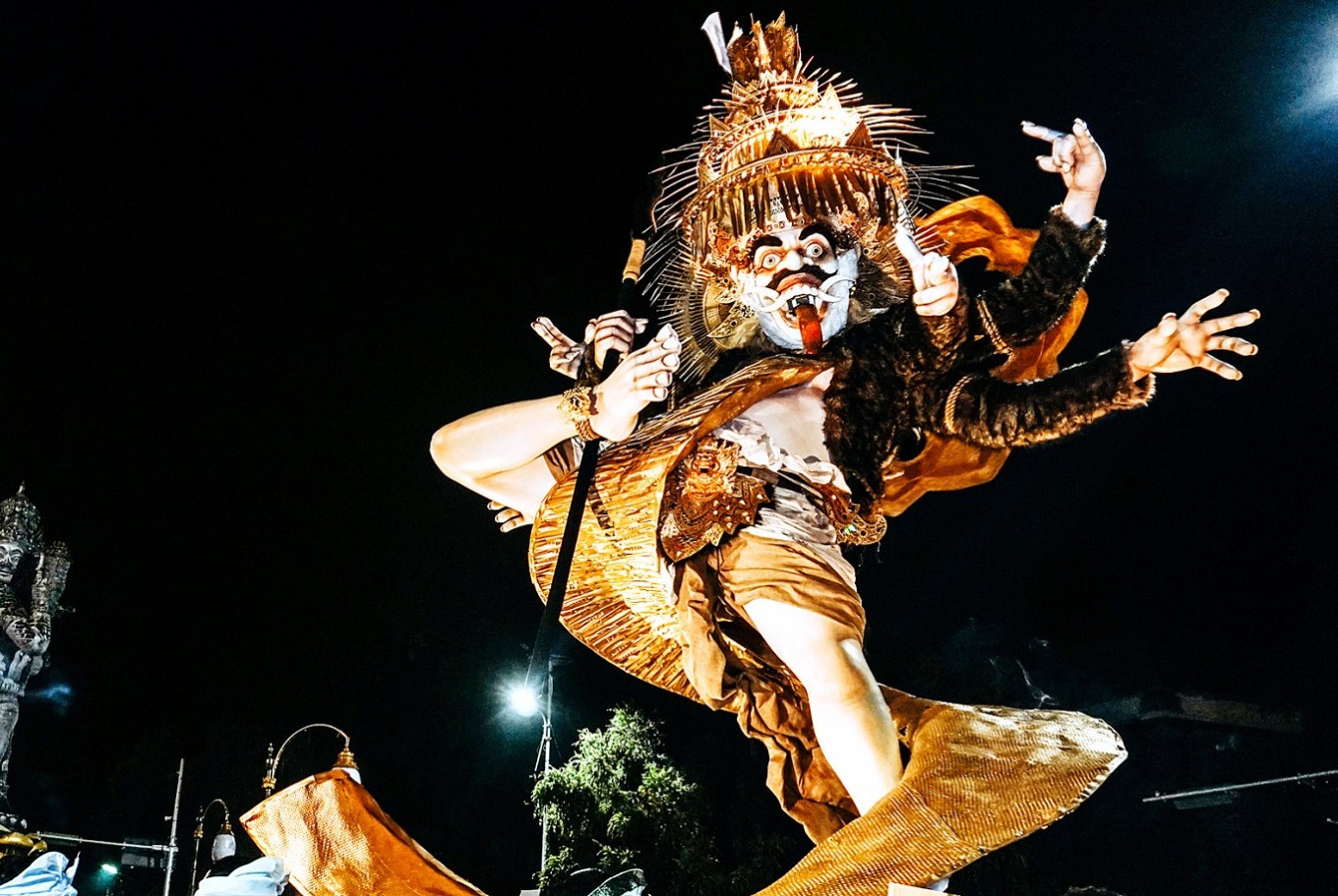
The highlight of Pengerupukan is undoubtedly the Ogoh Ogoh parade, a visually stunning procession featuring enormous and intricately crafted mythical creatures. Ogoh Ogoh represents malevolent spirits, and the parade symbolizes the collective effort to drive away these negative forces from the island; good banishing evil. Months of meticulous craftsmanship go into the creation of these colossal statues, often depicting demons, monsters, or characters from Balinese mythology. At first, Ogoh-Ogoh was constructed with simple bamboo and styrofoam, but in later years it has incorporated advanced technology, such as hydrolic and apps-controlled movement. The most prominent Ogoh-Ogoh maker in the island comes from Banjar Tainsiat, North Denpasar. They are known to be among the first who succesfully implemented automatic movement in their meticulous Ogoh-Ogoh statue.
Exalted and Burned: Preserving the Cosmic Stability
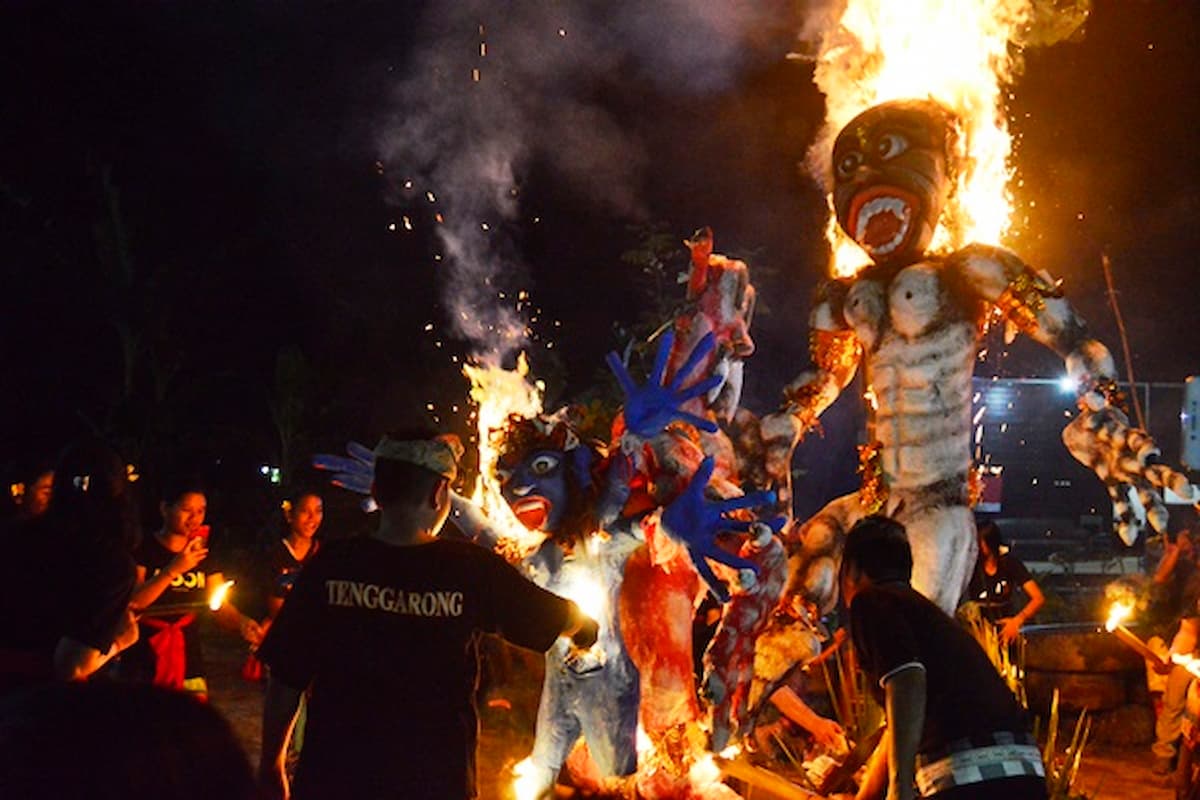
Pengerupukan embodies the Balinese philosophy of balance and harmony, reflecting the eternal struggle between good and evil and maintaining the stability between Bhuana Agung (Universe) and Bhuana Alit (Human). After being paraded through the street in festivity, the Ogoh-Ogoh statues were eventually burned down, signifying the community's collective commitment to vanquishing negativity and welcoming a year filled with prosperity, love, and positivity.
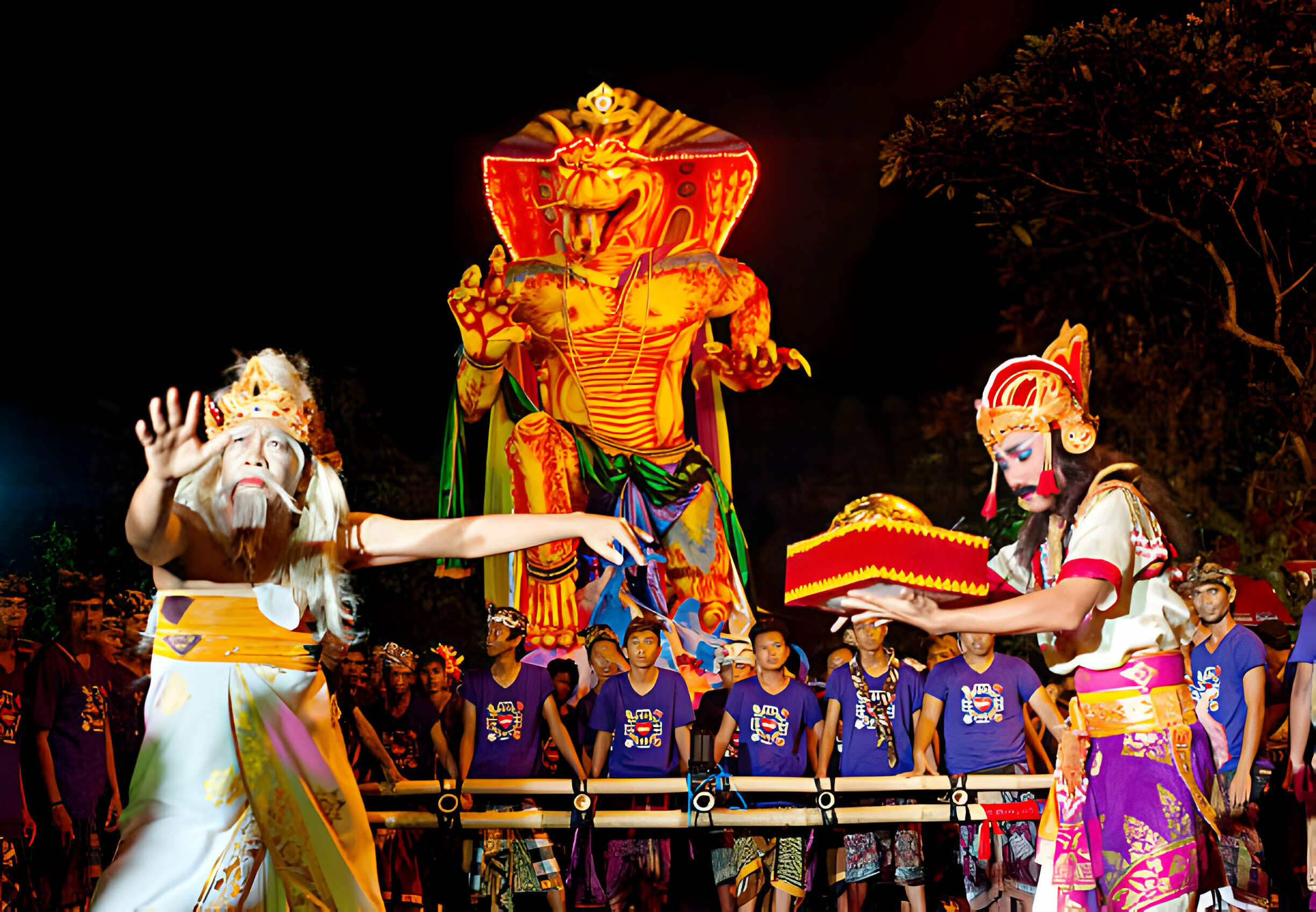
Pengerupukan Eve encapsulates the heart and soul of Balinese pre-Nyepi celebration, offering a mesmerizing experience for both locals and tourists alike. The rich history, artistic Ogoh Ogoh parade, and profound philosophy behind the celebration make it a must-see event for those seeking a deeper understanding of Bali's spiritual heritage. Immerse yourself in the vibrant colors, rhythmic chants, and collective energy of Pengerupukan, and witness the island come alive in a breathtaking display of tradition and unity.



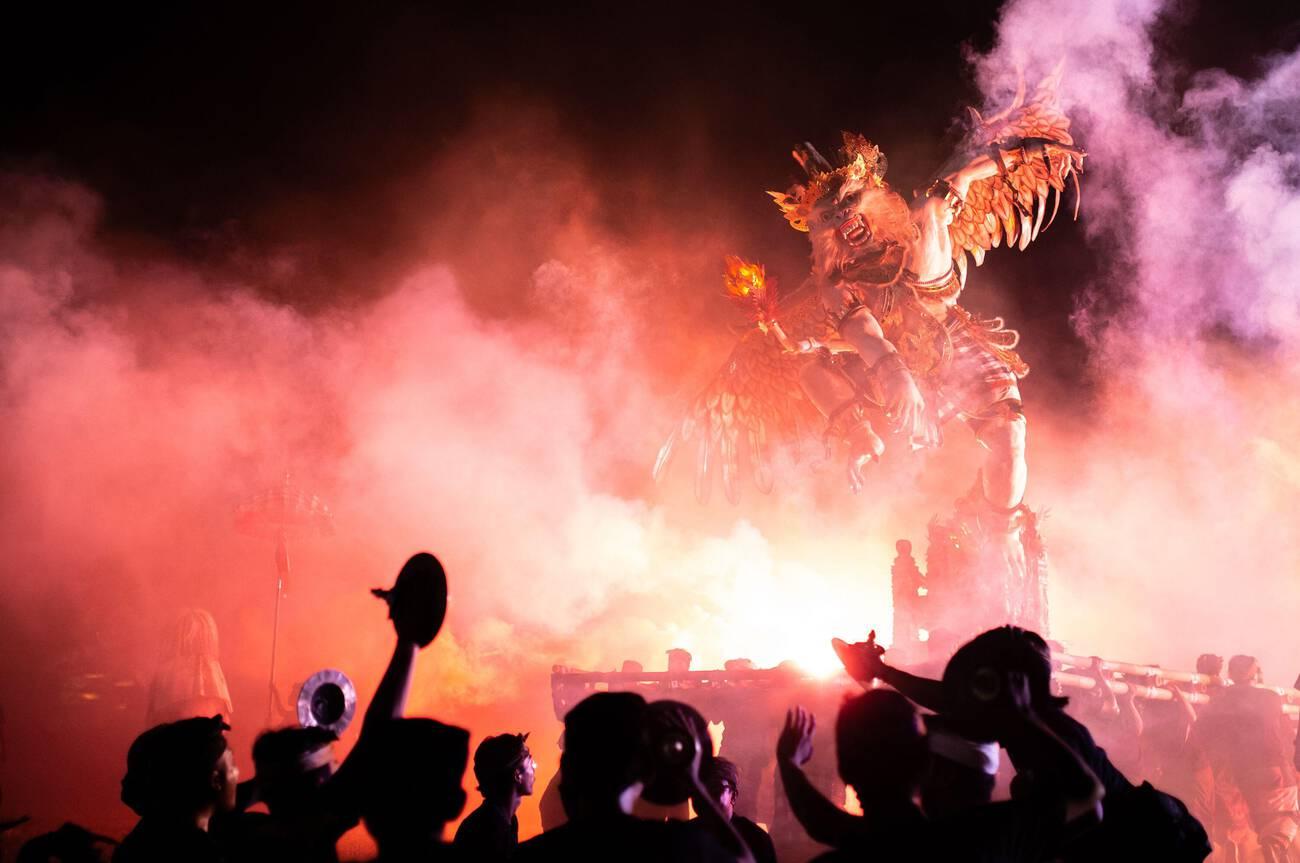
 Billy Bagus
Billy Bagus
 Mar 08, 2024
Mar 08, 2024